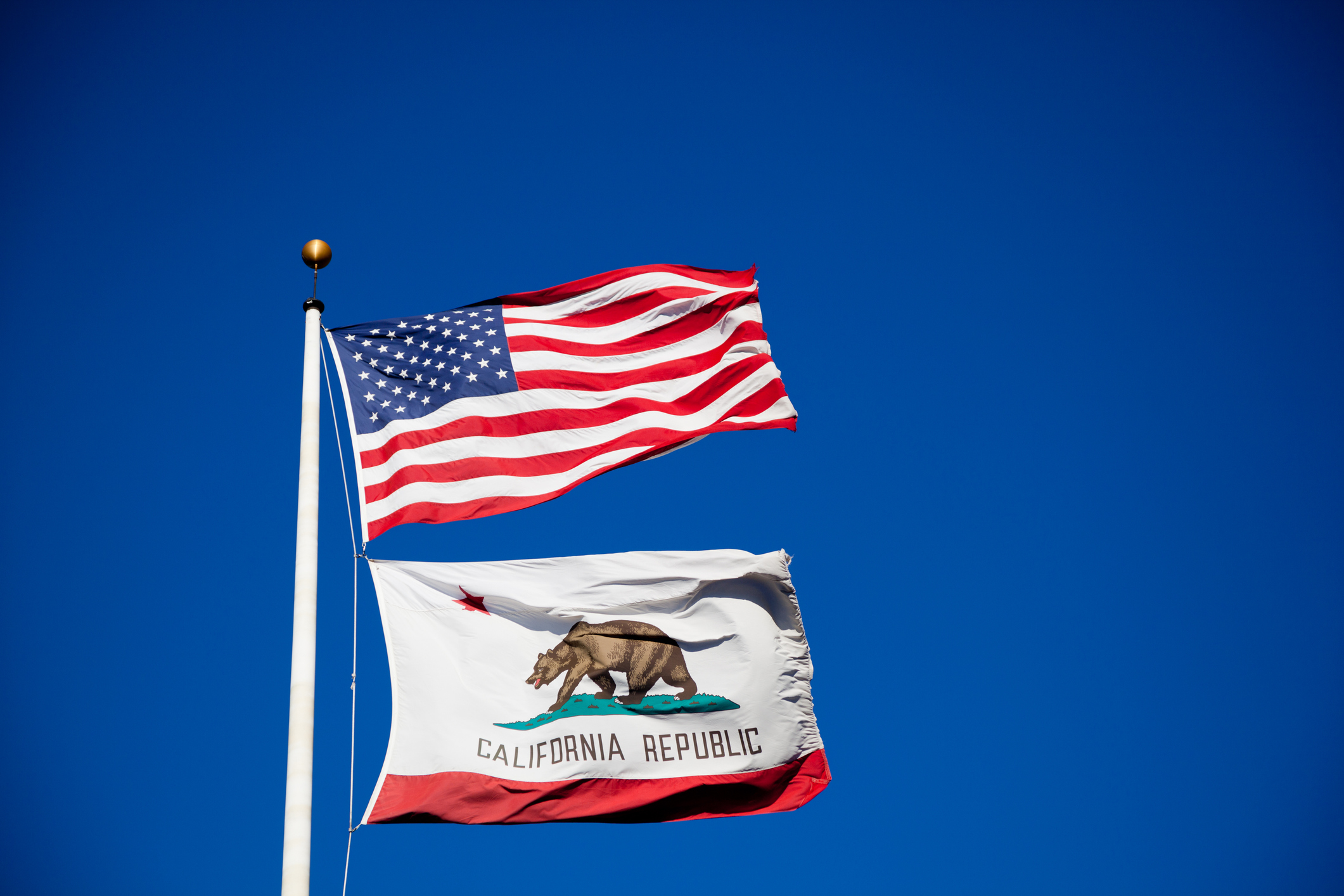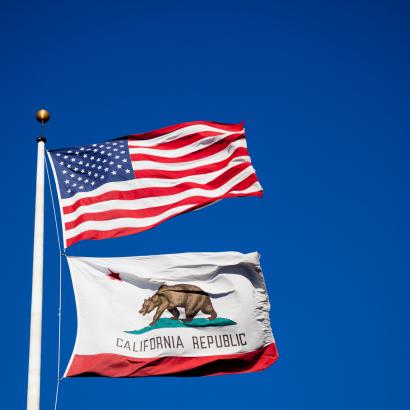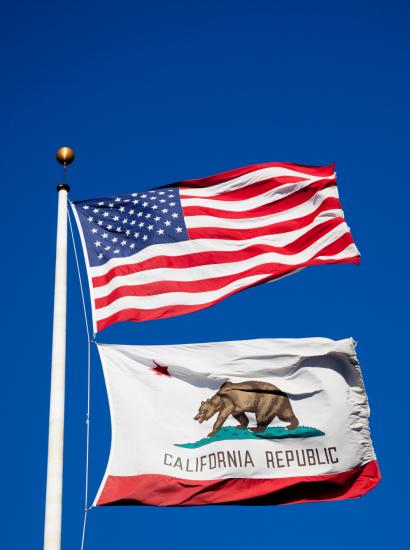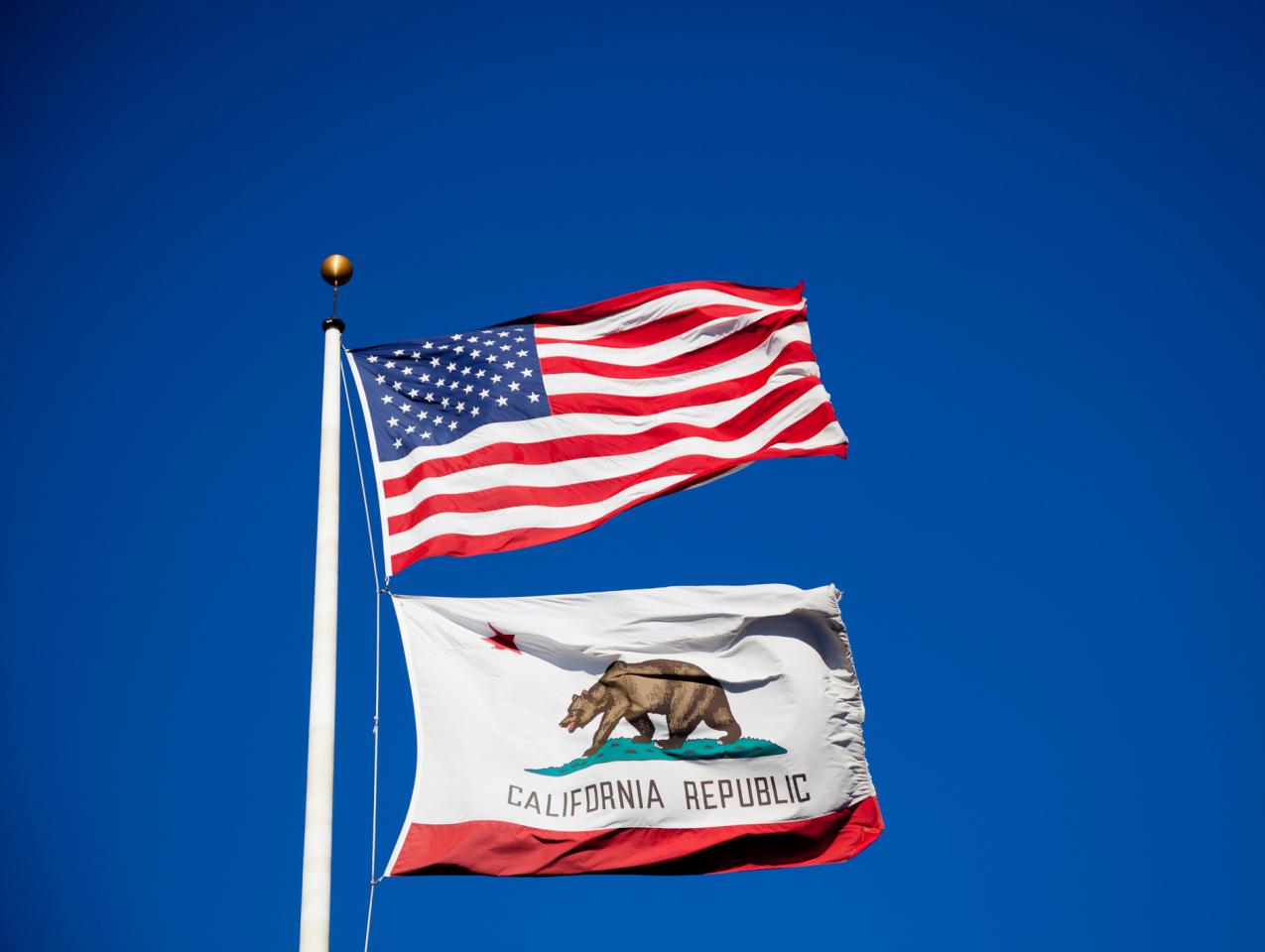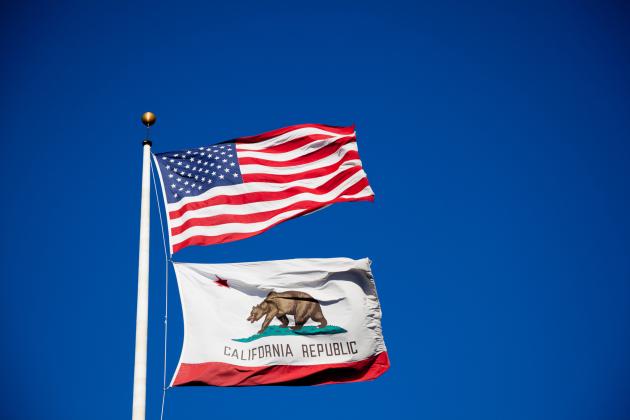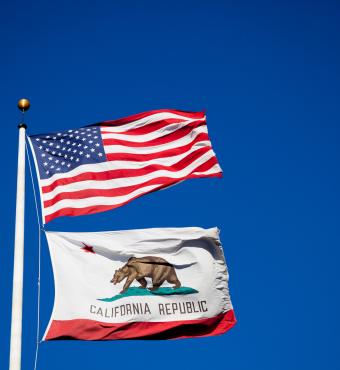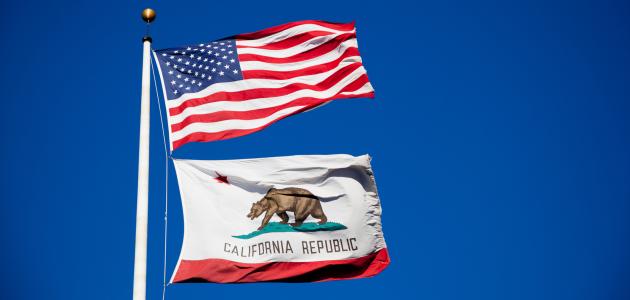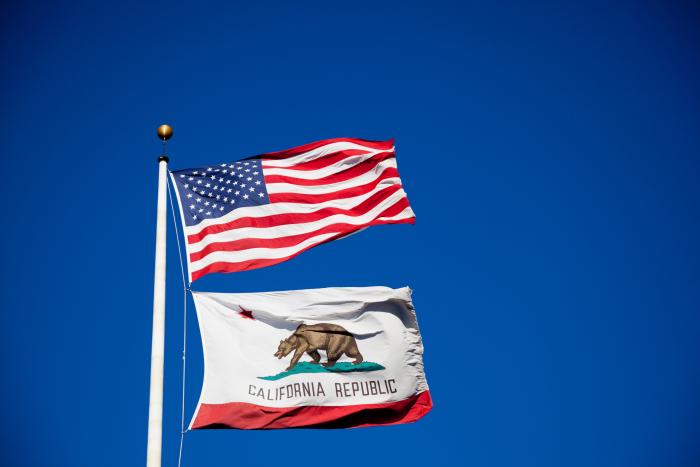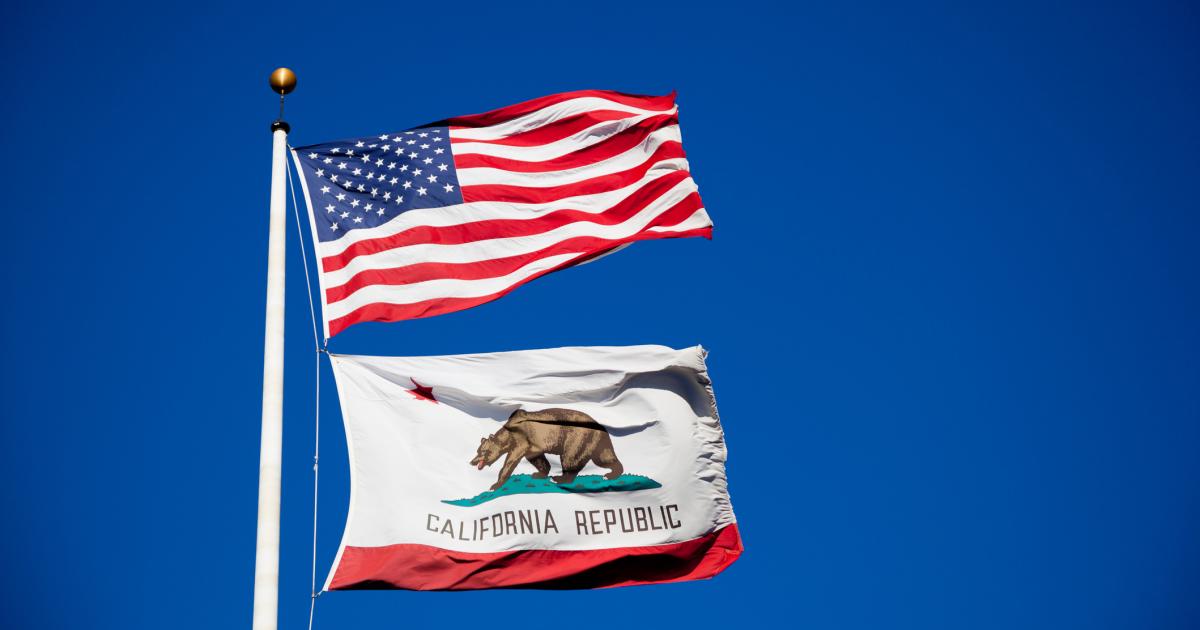- Politics, Institutions, and Public Opinion
- Campaigns & Elections
- The Presidency
- State & Local
- California
Now that the dust has settled and (most of) the ballots counted, a few thoughts on what transpired in California earlier this week and a recall election that failed to oust Governor Gavin Newsom from office.
True Blue. There’s a reason why Democrats have now won 42 of the last 43 statewide races in California dating back to 2004 and 52 of 53 statewide contests this century in which Arnold Schwarzenegger’s name wasn’t on a ballot.
And it begins with mathematics.
At present, the California Democratic Party enjoys an advantage of five million registered voters in the Golden State (out of a total of 22 million registered voters), or roughly a two-to-one advantage over registered Republicans and nonpartisan voters each. Given that every registered voter received a mail-in ballot (a carryover from the same practice in 2020, which produced an 81% turnout statewide, with seven out of eight voters doing so by mail), that turned this week’s special election into a simple matter of turning out the base.
Which, as the results suggest, Newsom did—handsomely so.
Deus ex Machina? Hardly. Newsom’s campaign calculated that the governor’s best chance of survival wasn’t to talk about the incumbent’s spotty record as a government manager (far too easy to link him to some spectacular bureaucratic screw-ups, such as California’s inability to process unemployment claims), or to attempt to build a cult of personality on short notice (far too easy for Newsom’s critics to dredge up the ill-advised French Laundry dinner or his misleading comments with regard to being a “Zoom school” parent when in fact his kids were receiving in-class instruction at a Sacramento private school).
The solution: take a California-themed race, which the recall race was in its initial phase, and nationalize the contest by contrasting Democratic and Republican policies and principles. Thus Newsom’s two final ads in the closing days of the election—one featuring Barack Obama (“Republicans are trying to recall him from office and overturn common-sense COVID safety measures for health-care workers and school staff,” the former president cautioned), the other a female voiceover who singles out talk radio host and recall hopeful Larry Elder as a blue-state red menace (“The top Republican candidate? He peddled deadly conspiracy theories and would eliminate vaccine mandates on day one, threatening school closures and our economy.”
Where Do Republicans Go from Here? Baseball “seamhead” that I am, I revel in the sport’s history and a never-ending debate over greatest lineups. That said, the leading Republicans on the recall ballot were not to be confused with “Murderers’ Row” or any such batting order that struck terror in the hearts of opposing pitchers.
Elder, a Republican and the leading vote-getter among the 46 replacement candidates, seemingly spent more time on cable’s Fox News channel appearing in ads peddling pain-relief medication than he did on local California stations in ads making the case for Newsom’s ouster. John Cox, a Rancho Santa Fe businessman who lost to Newsom by nearly 24 points in 2018’s governor’s race, resorted to stunt politics—campaigning alongside a 1,000-pound Kodiak bear named Tag—to draw media interest (the unfortunate bruin ended up as the subject of an animal-rights lawsuit).
And it gets worse, from a Republican perspective.
Former San Diego mayor Kevin Faulconer, who’s spent the past several years preparing for a statewide run by tailoring his positions on the likes of immigration in order to gain a broader appeal, never gained traction. And Caitlyn Jenner? With a personal camera crew at the ready, her campaign events looked more like a concerted effort to collect b-roll for a future reality show than an earnest run for governor (though Jenner insists that she’s not done with politics).
Of those four “fails,” the most jarring might be Faulconer’s —specifically, his inability to raise significant money despite the “mainstream” positioning (a $4.2 million war chest, or less than one-third what Elder amassed). Is that a reflection of Faulconer being an underwhelming candidate, or does it suggest that California’s Republican moneyed elite is tired of investing in what it deems to be unwinnable contests?
Recall . . . Now Reform? There have been 55 attempts to recall a California governor since the direct-democracy provision was added to the state’s constitution (along with the ballot initiative process) over 110 years ago. Only two of those recall efforts qualified for the ballot; only one succeeded in toppling an incumbent governor.
But in California, governors aren’t the only officeholders who can be recalled subject to voters’ whims. So too can members of the state legislature, state constitutional officers, and California Supreme Court justices. That nongubernatorial trinity accounts for another 124 recall attempts, with only nine of those efforts qualifying for ballot (here’s the chronological rundown).
That paltry batting average—179 recall attempts, only six officeholders losing their jobs—won’t stop the cries of reforming the system.
Some recall critics will push to removing the process altogether. A more sensible alternative: raise the signature-gathering threshold for triggering a gubernatorial recall. At present, in California, what’s required is collecting enough signatures of registered voters equivalent to 12% of the turnout in the previous governor’s race (in 2021, that was a shade under 1.5 million votes). Compared to other states, that’s a low bar to clear. Illinois requires 15%; Colorado, Michigan, Nevada, and New Jersey all require 25%; Louisiana’s threshold is 33% and Kansas’s is 40%.
Another change to debate: shortening the time-frame for collecting signatures. California law allows a circulation period of 160 days; in most other states, recall campaigns have three months or less to come up with the goods.
California Leading the Way? So was California’s recall experience a harbinger of political things to come in America later this fall and in next year’s national midterm referendum?
The argument for the affirmative would be that California’s recall contest saw the topic of COVID vaccines as a wedge issue employed by the Democratic side—a theme picked by President Biden during his visit to California on the eve of the election (“Gavin Newsom has had the courage to lead, stand up for science. For the very thing he’s been one of the leading governors in the nation, protecting his people and vaccinating his state.”).
A similar dynamic is afoot in Virginia, the site of a gubernatorial contest on the first Tuesday in November and where early voting begins next week. In the Old Dominion, Democrat Terry McAuliffe espouses vaccine mandates while pressuring his Republican opponent to appease both pro-vaccine voters and anti-vaxx skeptics. Watch for Democrats in light-blue states like Virginia, and other swing states, to try the same.
Now, the argument against California as a bellwether. It’s simply too blue compared to the rest of the nature’s color scheme. In that regard, Newsom’s victory likely doesn’t portend a Democratic surge next year any more than Arnold Schwarzenegger’s recall win in 2003 harkened an age of novice celebrity candidates taking the reins of governorship (Donald Trump wouldn’t come along for almost a dozen years after Arnold’s improbable run).
I feel as though an apology is warranted: California’s politics are not what Newsom used to say of the Golden State pre-pandemic (“America’s coming attractions”).
But this week, at least, we got to hog the spotlight.







